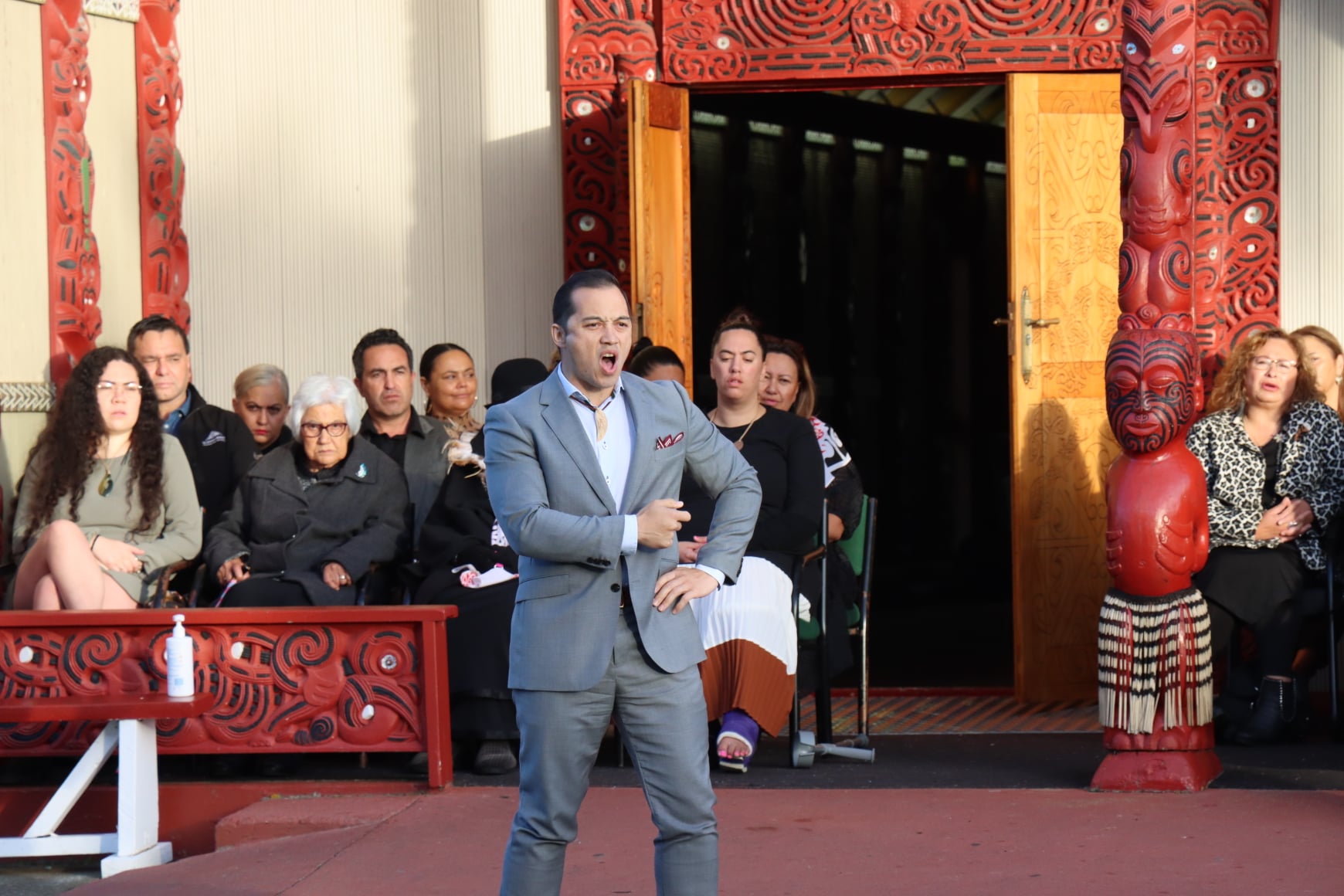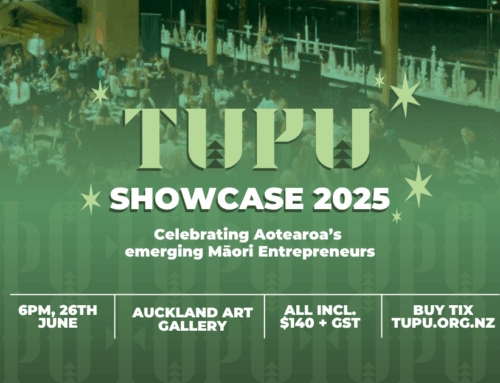He rei ngā niho, he parāoa ngā kauae
To have a whale’s tooth, you must also have a whale’s jaw
The whakataukī ‘He rei ngā niho, he parāoa te kauwae’ is to me an appropriate way to begin the kōrero on leadership. Translated as ‘A whale’s tooth requires a whale’s jaw,’ the implication being that to hold the mantle of leadership, one must embody the true qualities of a leader.
My own thoughts and perspectives on leadership have evolved over time. Being exposed to a broad range of leadership styles and approaches has afforded me a chance to distil my own experiences and lessons, and ultimately influence the leader that I am today.
There are many preconceptions that we continue to see as the definition of leadership. Largely informed by the Western military, the Westminster government system and, increasingly, Western media, we often see the ‘quintessential leader’ as a charismatic, hierarchical, alpha-type leader that has graced our news sources and our fictions. Erudite and polished and, in almost all portrayals, white and male.
I admit, my perception of leadership had been influenced by these portrayals. The confidence, the charisma, the assertiveness – these were traits I initially convinced myself were necessary for leadership in modern contexts. And although aware of this alpha-leader archetype, I was equally aware that these were not traits I possessed. I was quietly spoken rather than outgoing, considered rather than assertive, collaborative rather than directive. I looked at the prototype put in front of me and didn’t see myself reflected in it.
However, my search for leadership traits had been misplaced. Everything I needed in terms of exemplary leadership existed within my own whānau and my own whakapapa. As tends to be the case, it was not till later in adulthood that I realised the abundance of leaders and role models who graced my childhood. It was a rich garden of influences that would shape me alongside the experiences I have gained since.
There is nothing inherently wrong about the alpha-leadership style; the distinction is that it was the wrong style for me. I believe it is important that your leadership style be 100 per cent authentic to who you are.

It is a leader’s constant, and most vital task to build and maintain trust with those they lead. In my view, gaining trust requires both authenticity and a shared vision. Authenticity may be the simplest concept to understand but the hardest to execute. Whether they be employees, communities, hapū, or iwi, people have a keen sense of when a leader is being authentic or not. Like the whakataukī E kore e piri te uku ki te rino, about clay not sticking to iron, an inauthentic leader is doomed to erode the trust of the people they lead.
A shared vision is one where both the leader and the people feel a sense of ownership. The leader is not the architect but rather the steward of the collective vision. To ensure the success of the collective, our individual achievements that contribute to this are not only encouraged but also demanded. For all of us to succeed, each of us must excel.
Gaining trust is an arduous task, and keeping it, more so. Although trust is earned through authenticity and a shared vision, it is maintained through openness, transparency, and accountability. It is commonplace now to treat an organisation’s reporting requirements as a matter of compliance rather than as a crucial part of the trust equation. Regularly communicating and reporting to the collective, with the express purpose of inviting their scrutiny or to allow them to voice concerns or opinions, should be table stakes for any leader.
Hinga atu te tētēkura, ara mai he tētēkura. When one frond reaches the end, another takes its place. There will come a day when your leadership is no longer in the best interests of the kaupapa. The responsibility sits with the leader to transition away from that role so the kaupapa may continue. It is important to stress that such an acknowledgement is not self-defeating. It heralds the inevitable, allowing the preparation of the next frond to be ready to meet the needs of the people when that time comes. And when moving on is embraced, it allows the leader’s contributions and wisdom to continue. This is the truer measure of an effective leader, not the length of their tenure.
As the world, and its issues and opportunities become more complex, it is important to remind ourselves that we are not entitled to leadership; rather, we are entrusted with it. Stewards of it. The commitment to authenticity, a collective vision, and the privilege of working hard to maintain the trust of those who have bestowed it on us. For a millennium these elements have defined Māori leaders as they faced novel situations and challenges. It is no different today.
I take comfort that despite the uncertainty of new challenges, our approach to leadership was laid out generations before us. It is interwoven in our whakapapa and in the exploits of our tūpuna. And if we can just mute the tumult of our surroundings, there is calmness and assuredness in the power of whakapapa. A knowing that our right to lead is innate, and our time to lead will come when the people call.






